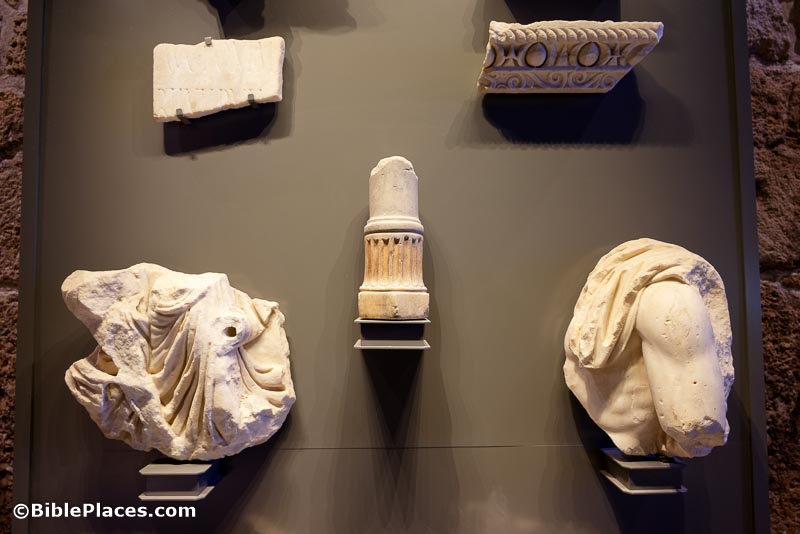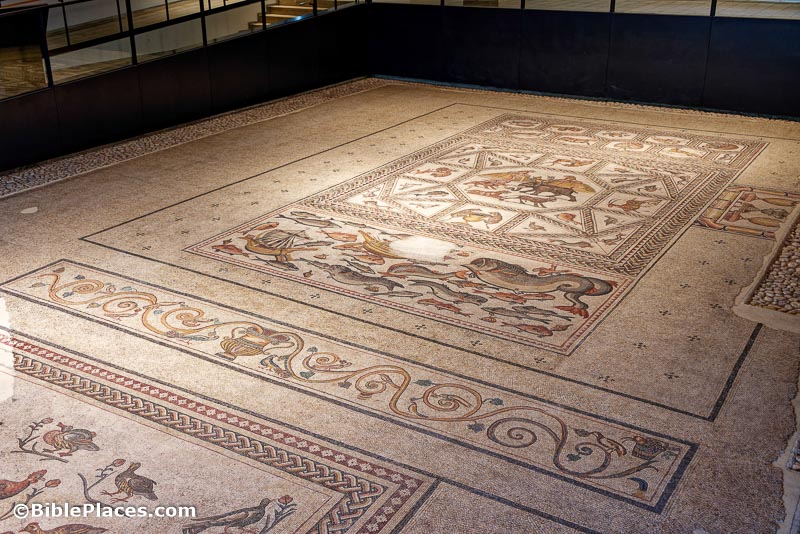The Times of Israel has the best summation of the Huqoq synagogue excavations that I’ve read.
Melanie Lidman writes a story about the University of Haifa’s School of Archaeology and Maritime Cultures, the only underwater archaeology certification program in Israel.
The Israeli government has a plan to protect Jewish archaeological sites in Area C of the West Bank. Of 3,000 antiquity sites in the West Bank, about 80% are in Area C.
The Times of Israel writes about the opportunity for the public to join conservation work at Gezer on Thursdays in the month of July.
Archaeologists are using chemical imaging technology in ancient Egyptian tombs to analyze the process in which the walls were painted.
So many tourists are visiting the Acropolis of Athens this summer that they will be implementing crowd control measures for the first time ever, including time-slot system for groups and electronic ticketing. There is also talk of enlarging the Propylaia.
The BBC shares the latest discoveries at Pompeii, including serpents, frescoes, and yes, more skeletons.
Charging for admission to Rome’s Pantheon may make the site like the Colosseum—impossible to visit without joining a tour at many times the ticket price.
The NY Times has a lengthy story of Shelby White’s antiquities collection, pieces she has returned, and artifacts recently seized.
BiblePics is a new AI tool that allows users to chat with biblical characters.
New release: Hesi after 50 Years and 130 Years: Beginning a New Generation of Research, edited by John R. Spencer, James W. Hardin, and Jeffrey Blakely (Eisenbrauns, $70 with code NR23)
New release: West Semitic Inscriptions & the Hebrew Bible (AOAT 410), by Bob Becking (Ugarit-Verlag, €123; Amazon)
I have not seen the new “Borderland: Israel in the Time of Jesus” exhibit at The Creation Museum in Kentucky, but the exhibit book contains hundreds of the best reconstruction artwork I’ve ever seen—everything from Herod’s temple at Caesarea to a Jewish funeral and much more. This link gives a video preview of the book, and the book may be purchased here ($30-45).
HT: Agade, Arne Halbakken, Explorator, Ted Weis
It’s always better when artifacts stay at the site and are not transported to some distant museum. The new visitors’ center at Caesarea provides archaeological displays and visual presentations that enhance the site experience.

